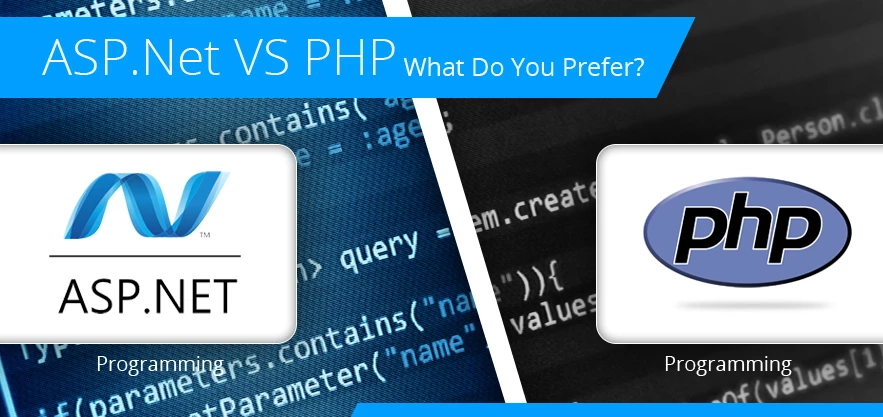
Serverside Scripting Languages
Server-side scripting is a technique used in web development which involves employing scripts on a web server which produce a response customized for each user's (client's) request to the website. The alternative is for the web server itself to deliver a staticweb page.
Server-side scripting is often used to provide a customized interface for the user. These scripts may assemble client characteristics for use in customizing the response based on those characteristics, the user's requirements, access rights, etc. Server-side scripting also enables the website owner to hide the source code that generates the interface, whereas with client-side scripting, the user has access to all the code received by the client. A down-side to the use of server-side scripting is that the client needs to make further requests over the network to the server in order to show new information to the user via the web browser. These requests can slow down the experience for the user, place more load on the server, and prevent use of the application when the user is disconnected from the server.
When the server serves data in a commonly used manner, for example according to the HTTP or FTP protocols, users may have their choice of a number of client programs (most modern web browsers can request and receive data using both of those protocols). In the case of more specialized applications, programmers may write their own server, client, and communications protocol, that can only be used with one another.

